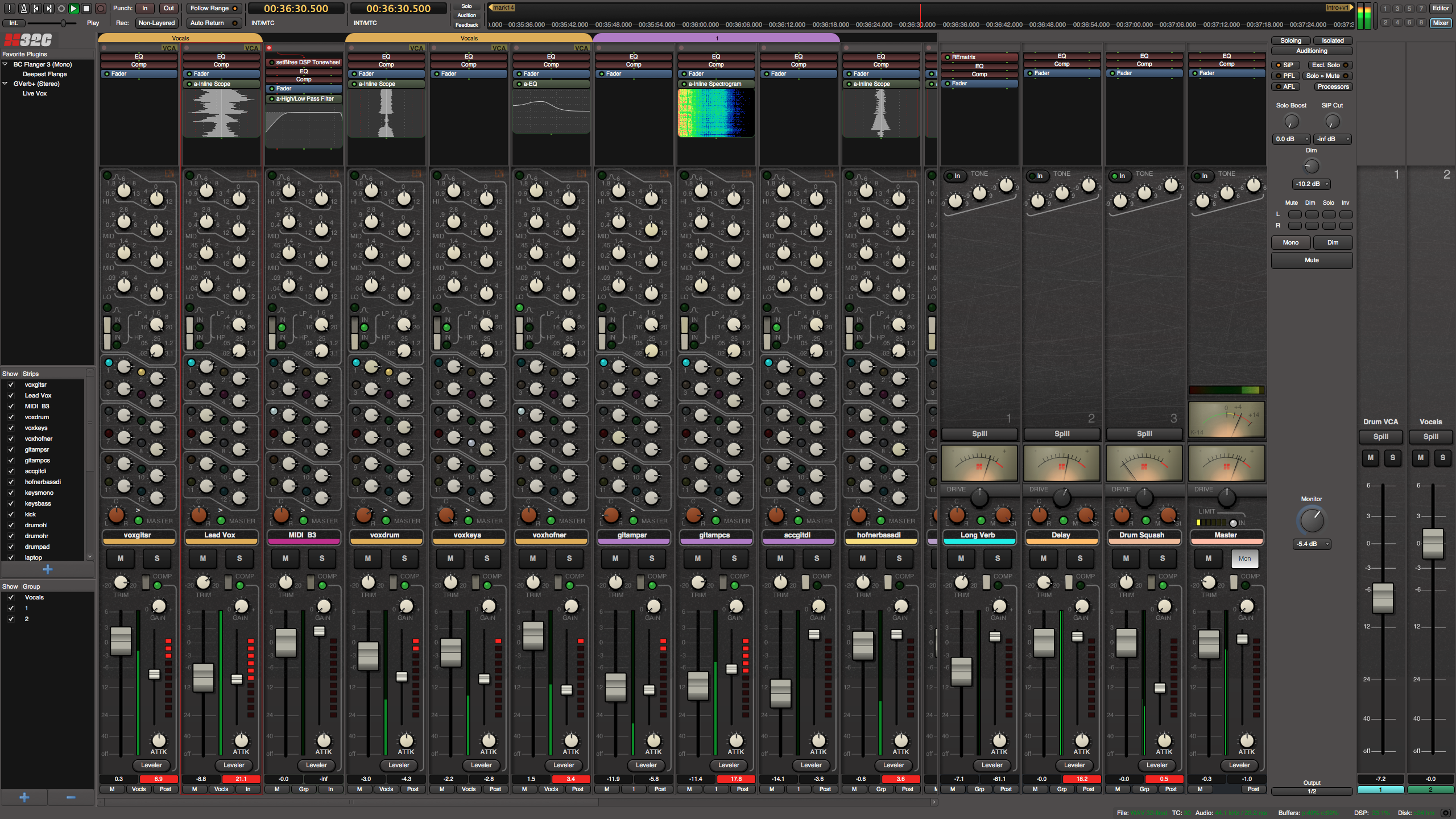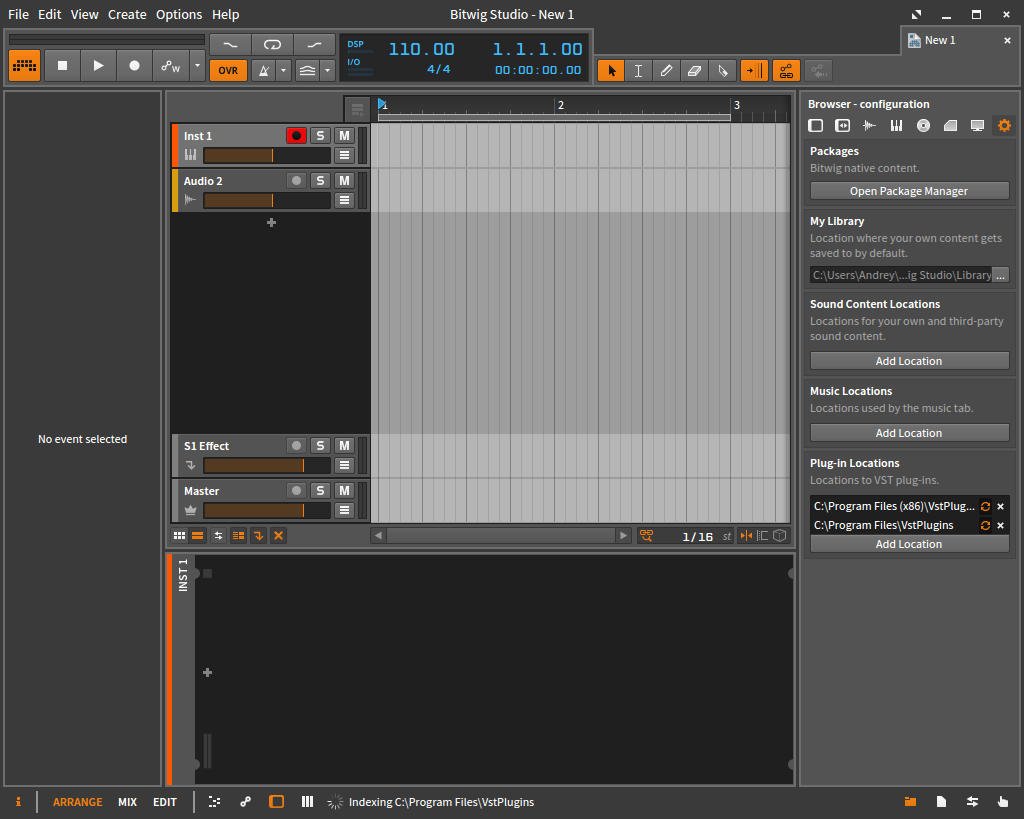

Reset Bindings : click this button to reset ALL of your shortcuts to the factory defaults for your platform ( Mac, Win or Linux ).Remove Shortcut : click this to clear the currently-selected shortcut.

For example “play” will hide any actions that don’t have the word “play” in their name.
Search bar: use this field to display only the shortcuts that match the search term. If you try to assign a keyboard shortcut that is already in use, Mixbus will tell you which action is already assigned, and prevent you from “stealing” it. To assign a shortcut: select an action with your mouse, and then press the keyboard shortcut (with modifier) that you’d like to assign to that action. Shortcut browser : Use this area to find shortcuts ( categorized by their normal menu location ). Tabs : This selects between the “Global” shortcuts, and the window-specific ( Editor, Mixer, etc ) shortcuts. The Global shortcuts take precedence over the window shortcuts. These global shortcuts generally control the Transport (which you’ll want from any window) and the window-switching functions. Mixbus provides a set of “Global” shortcuts that work from any window. If you change your keyboard shortcuts, your shortcuts will be stored in the user preferences folder. You can change the key shortcuts via Window->Keyboard Shortcuts in the main menu. Appendix C: Videos (Training and Tutorial)Īny “action” found in the Mixbus main menu can be initiated from a keyboard “shortcut”.īy default, Mixbus provides a selection of keyboard shortcuts that provides a good balance between easy-to-remember mnemonic actions (such as “L” for looping) and ergonomic actions for power users ( such as J and K for trimming a region’s start/end ). AVL Drumkits: Black Pearl and Red Zeppelin. Presonus Faderport, Faderport8 and Faderport16. Mackie MCU-compatible fader controllers. Combining Clips and Linear Tracks (advanced). Selecting Patches for Audition of MIDI Files. Showing and Hiding Tracks in the Cue Window. Cue Window Terminology: Slots, Clips, and Cues. Recording with Varispeed (32C TapeX Only). 
Scrolling and Zooming in the Editor Window.Primary Windows: Editor, Mixer, Recorder and Cues.Operational Differences from Other DAWs.Differences between Mixbus and Mixbus 32C.
#Editing podcasts in mixbus 32c v5 on pc pdf#
About This Manual (online version and PDF download). A final limiter protects your vocal from sustained digital clipping if you boost the Intensity too much. An output loudness meter helps you verify that the resulting loudness is 'in the pocket' for a lead vocal, podcast, or broadcast. This simultaneously raises your vocal to operating level, and activates the leveler to increase your vocalist's punch and intelligibility. Harrison's famed 'Leveler' compressor has been distilled to its simplest form, with only an 'Intensity' knob to adjust the signal drive into the compressor. A 'bright' switch enhances vocals with more clarity, boosting highs from 2k up to the Low Pass filter cutoff. A BUMP button that recreates the resonance of the 32C console and enhances the 'presence boost' of your favorite studio microphone.  Legendary Harrison 32C High Pass and Low Pass filters to remove noise at frequencies above and below the vocal. High-resolution spectrum display helps you identify your vocalists' range, and recognize out-of-band noises. The 32C Vocal Intensity Processor is a 'greatest hits' collection of features from Harrison's analog console heritage, our AVA plugins, and our Mixbus workstation.
Legendary Harrison 32C High Pass and Low Pass filters to remove noise at frequencies above and below the vocal. High-resolution spectrum display helps you identify your vocalists' range, and recognize out-of-band noises. The 32C Vocal Intensity Processor is a 'greatest hits' collection of features from Harrison's analog console heritage, our AVA plugins, and our Mixbus workstation.








 0 kommentar(er)
0 kommentar(er)
